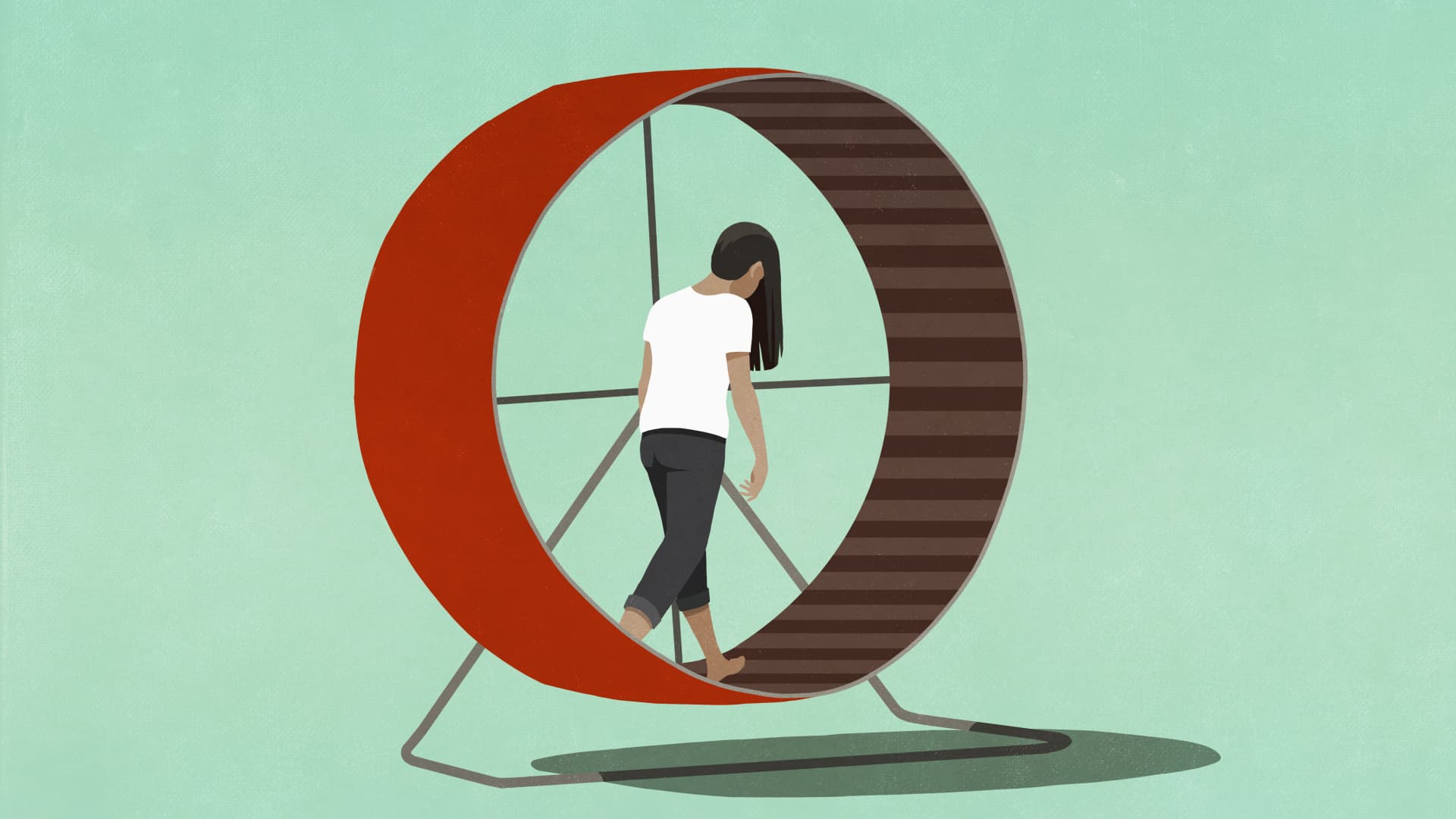Published
39 seconds ago
on
May 26, 2024 Graphics/Design:
See this visualization first on the Voronoi app.
Map: Where Are America’s Largest Landfills?
This was originally posted on our Voronoi app. Download the app for free on Apple or Android and discover incredible data-driven charts from a variety of trusted sources.
We map out America’s largest landfills, based on their total capacity (measured in millions of tons) for solid waste. Data for this graphic is sourced from Statista and is current up to 2023.
According to the EPA, the U.S. produced 292 million tons of solid waste in 2018. Of that, about 150 million tons headed to the country’s landfills. It would take more than 600 of the largest cargo ships (by dead weight tonnage) to move this much material at once.
Ranked: America’s Largest Landfills
Opened in 1993 and located 25 minutes from Las Vegas, Apex Landfill is believed to be one of the world’s largest landfills by both area and volume.
It spans 1,900 acres, or roughly the size of 1,400 football fields. Given its vast capacity, the landfill is expected to be able to accept waste for over 250 years.
Here are the top 10 largest landfills in the country.
RankU.S. LandfillStateCapacity (Million Tons) 1Apex RegionalNevada995 2ECDC EnvironmentalUtah482 3Denver Arapahoe Disposal SiteColorado396 4Columbia RidgeOregon393 5Lockwood RegionalNevada346 6OkeechobeeFlorida242 7Butterfield StationArizona226 8Roosevelt Regional MSWWashington219 9Wasatch RegionalUtah203 10Hillsborough CountyFlorida203
In a 2021 PBS interview, a spokesperson for Apex Landfill reported that the facility captured and treated enough landfill gas to power nearly 11,000 homes in Southern Nevada.
In fact, landfills can create electricity through a process called landfill gas (LFG) recovery. When organic waste decomposes, it produces methane gas which can be captured and purified to create fuel for generators.
As it happens, methane gas from landfills is the third-largest source of human-related carbon emissions, equivalent to 24 million gas passenger vehicles driven for one year. Its capture and treatment is a significant opportunity to combat emissions.


